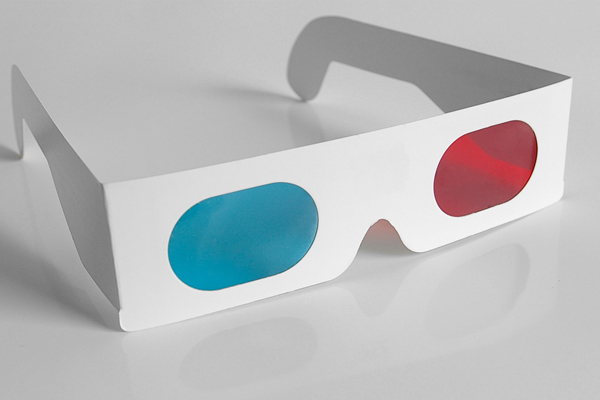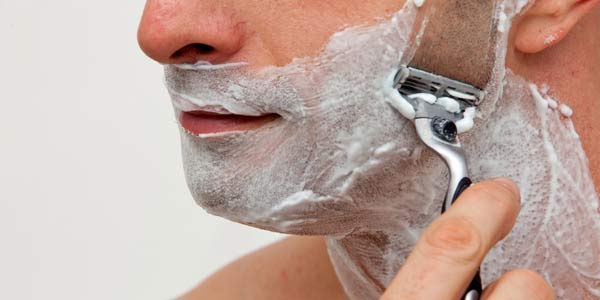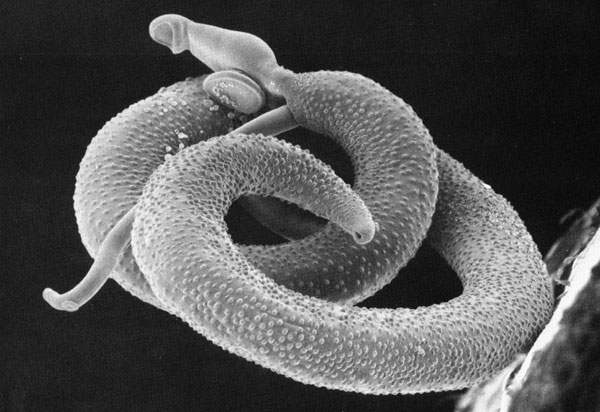25 Weird Things Humans Do Every Day, and Why
See in 3D

Hey, wait a second... how do two eyes produce 3D vision?
It's actually a trick of the mind (or three tricks, to be exact). First, our brains utilize "binocular disparity" the slight difference between the images seen by our left and right eyes. Our brains use the two skewed versions of a scene to reconstruct its depth.
For a close-up object, the brain registers the "convergence" of our eyes, or the angle they swing through to focus on the object, to decide how far away it is.
When glancing at things on the go, we subconsciously gauge distance by registering "parallax." That's the difference in speed at which closer and farther objects seem to move as you pass them.
Get pins and needles

Hitting your funny bone isn't very funny. Neither is crossing your legs for too long, or waking up at night with a dead-seeming hand that gradually tingles back to life. What causes that horrible "pins and needles" sensation?
It happens when you apply too much extra weight or pressure on a nerve, temporarily inhibiting its function, and then remove the pressure. As the nerve gradually returns to normal, our brain somehow interprets its activity as a tingling sensation pins and needles.
Shave

Whether you're a woman battling armpit or pubic hair, or a man keeping a beard at bay, shaving is the norm for modern humans so much so that not shaving certain body regions strikes many people as unattractive. But strangely, this culturally-determined behavior defies our own evolution.
After all, armpit and pubic hair evolved to help trap pheromones. Considering that we exude those odorous chemicals for the sole purpose of attracting mates, it's odd that we now perceive their smell as pungent, and the hair that traps them, shave-worthy. Furthermore, beards evolved to help women distinguish men from boys; they indicate a man's maturity, and exaggerates his masculine jaw line. Nonetheless, today, most men opt for a clean-shaven look.
Take risks

Risky endeavors can be deadly, as exemplified by the frequency of fatal sky-diving and mountain-climbing accidents. So, why don't we all just stay home and watch Netflix? Why this urge to do dangerous things?
Psychologists say risk-taking stems from our need to impress potential mates. Men face more intra-sexual competition than women, and so they must advertise their sexual fitness through daring exploits more overtly. This explains why men tend to take even more risks when they're in groups. Though women are generally more risk-averse, everyone strives to impress on occasion.
Have sex

Yes, yes: everyone knows sex is how we reproduce. But why have two sexes in the first place, instead of a uniform population of asexually-reproducing individuals? After all, with twice the number of moms, populations of asexual organisms grow at double the rate of sexual organisms in lab experiments.
Biologists' best answer, called the Red Queen hypothesis, holds that organisms and the parasites that live on them are running a race in which they constantly evolve in response to each other's genetic mutations, maintaining an overall balance. Sex, the theory holds, gives host organisms a leg-up on this evolutionary treadmill by allowing two such organisms to shuffle their genes, creating new, rare combinations in their offspring and new challenges for coevolving parasites.
So, next time you're getting laid, thank the parasites within you.
Sign up for the Live Science daily newsletter now
Get the world’s most fascinating discoveries delivered straight to your inbox.
Natalie Wolchover was a staff writer for Live Science from 2010 to 2012 and is currently a senior physics writer and editor for Quanta Magazine. She holds a bachelor's degree in physics from Tufts University and has studied physics at the University of California, Berkeley. Along with the staff of Quanta, Wolchover won the 2022 Pulitzer Prize for explanatory writing for her work on the building of the James Webb Space Telescope. Her work has also appeared in the The Best American Science and Nature Writing and The Best Writing on Mathematics, Nature, The New Yorker and Popular Science. She was the 2016 winner of the Evert Clark/Seth Payne Award, an annual prize for young science journalists, as well as the winner of the 2017 Science Communication Award for the American Institute of Physics.











